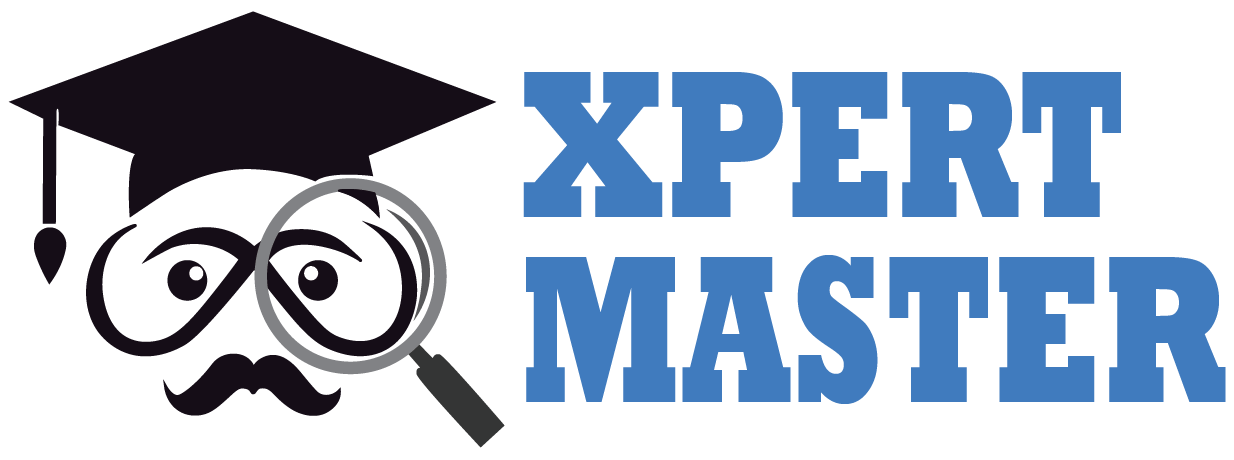Exposing the Truth: The Dangers of Academic Fraud and Plagiarism
Understanding Academic Fraud and Plagiarism: A Critical Issue in Education
Academic fraud is a broad term that includes any dishonest behavior in the academic environment, with plagiarism being a key example. While plagiarism typically refers to copying someone else’s work or ideas without proper attribution, academic fraud also includes cheating, fabricating data, and other deceptive practices. Essentially, it encompasses any action that undermines the values of academic integrity. At its heart, plagiarism is the act of presenting someone else’s intellectual property—be it text, ideas, or research—as one’s own, without giving credit where it’s due.
The Consequences of Academic Fraud
Engaging in academic fraud carries serious consequences that affect both individuals and institutions. For students, the repercussions can range from failing grades and academic probation to complete expulsion. This creates a serious roadblock in their academic and professional journey. On a broader scale, academic fraud can severely damage the reputation of educational institutions. Universities and colleges that fail to address these issues risk losing accreditation, trust, and their standing in the academic community.
Plagiarism is one of the most common forms of academic fraud and includes practices such as submitting someone else’s work as your own, buying pre-written essays, or directly copying text without proper citations. These actions undermine the quality and credibility of academic research, leading to legal consequences and lasting damage to both the individuals involved and their schools.
How to Prevent Academic Fraud
Preventing academic fraud, particularly plagiarism, requires effort from both students and educational institutions. Students need to understand the importance of citing sources properly, maintaining careful records of the material they reference, and developing their own ideas. By learning proper research and citation techniques, students can avoid falling into the trap of plagiarism.
Educational institutions also have a crucial role to play in preventing academic fraud. Many institutions now use plagiarism detection software to identify unoriginal work. Additionally, providing workshops, lectures, and resources on proper citation methods and academic writing can help students avoid dishonest practices and encourage a culture of integrity.
Conclusion
Plagiarism and academic fraud are not just individual problems but widespread issues that have serious consequences for both students and educational institutions. It’s essential for everyone involved in academia to actively fight against dishonest practices. By fostering a strong understanding of academic integrity and ensuring the use of plagiarism detection tools, both students and educational institutions can protect the quality of education and uphold the standards of the academic community.
How Much Turnitin Plagiarism Is Accepted for Publishing a Book?
Introduction:
When it comes to publishing a […]
How to Submit Your Thesis Without Plagiarism: Our Turnitin Report Service in India
Introduction
Writing a thesis is one of […]
Why Turnitin Plagiarism Check is Essential for International Research Collaboration
Introduction
International research collaborations are becoming increasingly […]
How to Improve Your Turnitin Report Score for Research Papers in India
Introduction
For students and researchers in India, […]
The Role of Turnitin in Academic Research and Publication in India
Introduction
Academic research and publication are central […]
Is Your Thesis Plagiarism-Free? How Turnitin Reports Can Help Indian Students
Introduction
Writing a thesis is a monumental […]


